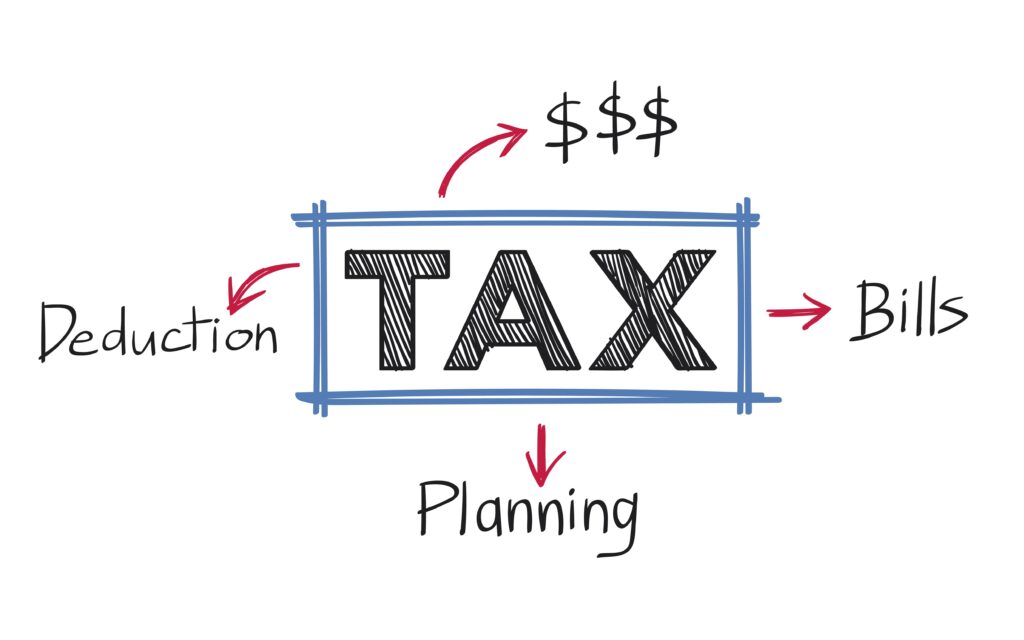As real estate markets continue to evolve, single-family homes remain a solid investment choice for new and seasoned investors alike. Offering a blend of stability, consistent demand, and potential for strong returns, single-family properties have unique advantages over other investment options like multi-family units or commercial real estate. Let’s dive into the reasons why single-family homes are a smart investment in today’s real estate landscape.
1. Strong Demand and Steady Appreciation

Single-family homes have shown strong demand and reliable appreciation rates, especially in suburban areas where more people seek the space, privacy, and lifestyle single-family properties offer.
- High Demand Across Demographics: Families, young professionals, and retirees alike are attracted to single-family homes due to their design, privacy, and community-oriented neighborhoods. This high demand creates a dependable investment, with prices steadily appreciating over the past decade.
- Market Resilience: Even amid fluctuations in the economy, single-family homes maintain their value better than other property types. This stability makes them a relatively low-risk investment with potential for long-term gains.
2. Reliable Cash Flow and Long-Term Tenants
Single-family rentals attract tenants who are more likely to stay long-term, which can create consistent rental income and reduce turnover costs for landlords.
- Steady Rental Income: Rental demand for single-family homes has grown, especially among families and individuals looking for more space. This demand often translates into stable, predictable rental income that can cover expenses like mortgage payments, property taxes, and maintenance costs.
- Lower Turnover Rates: Unlike multi-family units where tenants may stay for shorter periods, renters of single-family homes often sign longer leases, reducing vacancy rates and tenant turnover costs.
3. Tax Benefits and Financial Incentives

Single-family home investments come with a variety of tax advantages that enhance overall profitability and offset ownership costs.
- Tax Deductions: Mortgage interest, property taxes, and maintenance expenses on single-family rentals are often tax-deductible. These deductions can improve cash flow and make the investment more financially manageable.
- Depreciation and 1031 Exchange: Investors can leverage property depreciation to reduce taxable income and reinvest through a 1031 exchange, deferring capital gains taxes on property sales. These incentives make single-family homes a tax-efficient investment.
4. Flexibility in Resale and Exit Options

Single-family homes offer more exit strategies than other types of properties, giving investors flexibility in managing or liquidating their assets.
- Broader Buyer Market: If the time comes to sell, single-family homes appeal to a wide pool of buyers, including investors and owner-occupants, which can make the property easier to sell and potentially more profitable.
5. Low Management and Maintenance Costs
Single-family homes require less hands-on management and tend to incur lower maintenance costs, making them easier to manage as passive investments.
- Simplified Management: Fewer tenants mean less time spent on property management, especially if tenants are responsible for some maintenance, like lawn care.
- Reduced Maintenance Expenses: Single-family homes generally incur fewer maintenance issues compared to multi-unit buildings. This can lower out-of-pocket expenses, allowing more income to go toward profitability.
6. Long-Term Security and Market Resilience

As essential assets, single-family homes provide a level of long-term security that is difficult to find in other investment classes.
- Resilience During Economic Downturns: People will always need a place to live, so single-family homes retain demand even in challenging economic periods. This resilience makes single-family homes a reliable investment choice, allowing investors to maintain or grow value over time.
- Protection Against Inflation: In times of inflation, rental prices and property values tend to rise, which benefits owners of single-family rentals. This makes single-family homes an effective hedge against inflation, protecting investors’ purchasing power.
Conclusion: Why Single-Family Homes Remain a Wise Investment
Investing in single-family homes offers a unique balance of stability, profitability, and accessibility. The combination of strong demand, tax benefits, flexibility, and manageable maintenance makes single-family homes an attractive option for investors seeking reliable, long-term growth. For those looking to begin or expand their real estate portfolio, single-family homes continue to represent one of the best ways to achieve financial stability and wealth growth. With an investment in a single-family home, you’re not just purchasing a property—you’re making a secure, profitable investment for the future.


